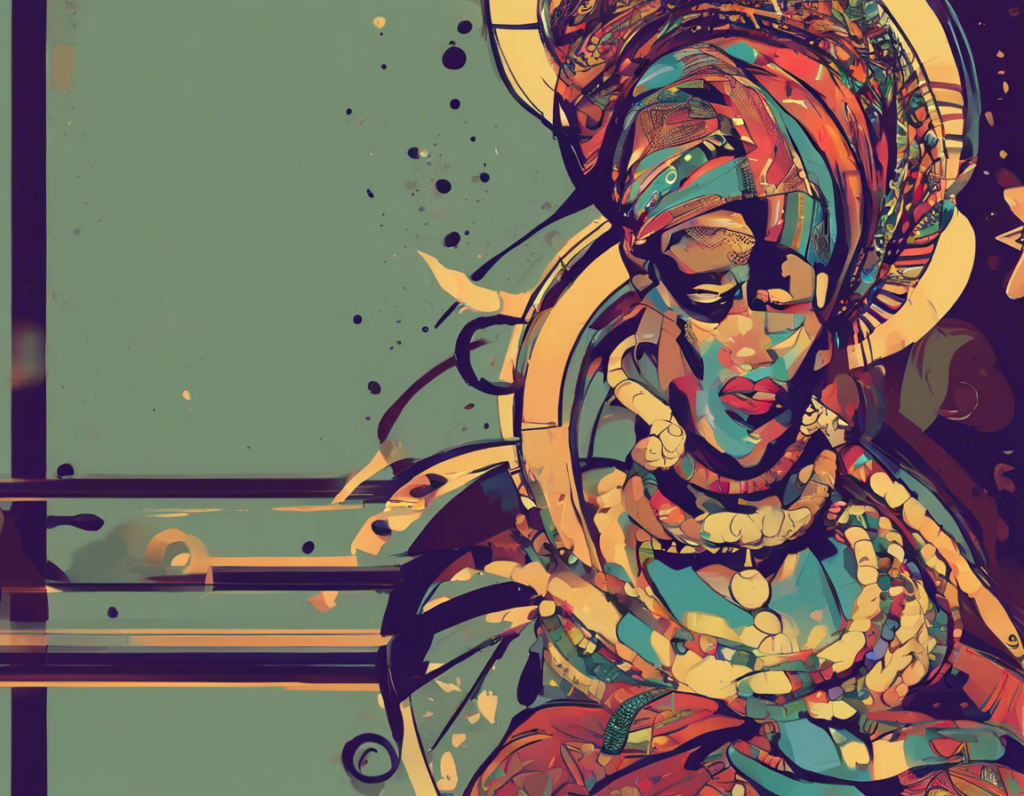
Introduction
Shango Lapeer, also known as Shango LaPiere, is a fascinating cultural tradition rich in history and significance. Originating from the Yoruba people of Nigeria, Shango Lapeer embodies a blend of religion, spirituality, and artistic expression that continues to captivate individuals worldwide. In this comprehensive article, we will delve into the cultural significance of Shango Lapeer, exploring its origins, symbolism, rituals, and impact on contemporary society.
The Origins of Shango Lapeer
Shango Lapeer finds its roots in the Yoruba culture of Nigeria, where it is deeply embedded in the religious and spiritual beliefs of the people. The tradition revolves around Shango, a deity who is worshipped as the god of thunder, lightning, and fire. Shango is characterized by his immense power, passion, and courage, making him a symbol of strength and protection for his followers.
Symbolism in Shango Lapeer
Shango Lapeer is rife with symbolism, with various elements carrying cultural and spiritual meaning. The thunder represents Shango’s power and authority, striking fear in the hearts of his enemies and providing protection to his devotees. Lightning symbolizes Shango’s swift and decisive action, often seen as a manifestation of divine intervention. Fire in Shango Lapeer represents purification and transformation, burning away negativity and obstacles to pave the way for new beginnings.
Rituals and Practices
Central to the practice of Shango Lapeer are rituals and ceremonies that celebrate and honor the deity Shango. Dance plays a significant role in these rituals, with devotees moving to the beat of drums and chanting praises to Shango. Offerings of food, palm oil, and liquor are made to appease the deity and seek his blessings. Divination is also commonly practiced in Shango Lapeer, as followers seek guidance and insight from the spirits through the casting of cowrie shells or other divination tools.
Impact on Contemporary Society
Despite its ancient origins, Shango Lapeer remains relevant in contemporary society, offering a sense of cultural identity and spiritual connection to its followers. The tradition has spread beyond Nigeria, finding adherents in various parts of the world where Yoruba culture has taken root. In diaspora communities, Shango Lapeer serves as a link to ancestral heritage and a source of strength and resilience in the face of adversity.
FAQs (Frequently Asked Questions)
Shango is revered as the god of thunder, lightning, and fire in Yoruba mythology, embodying power, courage, and protection.
How do followers of Shango Lapeer honor the deity through rituals?
Followers of Shango Lapeer honor the deity through dance, offerings, divination, and prayers to seek his guidance and blessings.
Is Shango Lapeer exclusively practiced in Nigeria?
While Shango Lapeer has origins in Nigeria, it has spread to other parts of the world, where Yoruba culture has influenced diaspora communities.
What are some common symbols associated with Shango Lapeer?
Thunder, lightning, and fire are common symbols associated with Shango Lapeer, representing power, action, and transformation.
How does Shango Lapeer contribute to cultural identity in contemporary society?